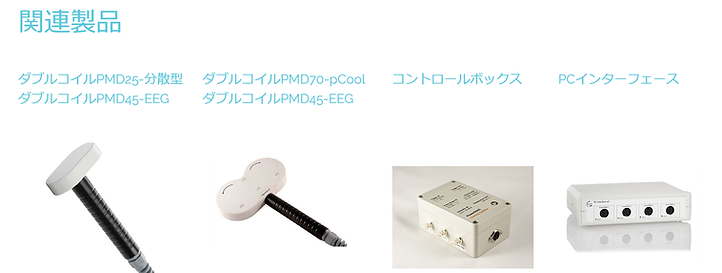top of page


EVENT-RELATED FAST TMS
Overview:
Event-related TMS represents a combination of TMS hearing and specific cognitive tasks. Examples include stimulating the area of the broker while stimulating the visual cortex while the subject is viewing the photo, requiring them to speak, or combining the auditory task with the stimulation of the area of the hessle.
TMS stimuli are very localized and theta burst stimuli affect only very specific brain areas 100 ms after speech is detected by the microphone, thus helping to connect the brain with the brain while performing cognitive tasks. It is a very instrumental way to study function.
For event-related TMS, the temporal relationship between the task and the reliable timing of the stimulus is important. Spatial resolution, which is determined by the shape of the coil, is the second important factor to consider.
Key technical considerations:
Stimulator Control In Combination With Other Tasks Controlling the simulator for cognitive tasks requires a specific interface that allows the user to control the stimulator through the program that they are using to perform the experiment.
Real-time paradigms typically require the stimulator to control in "real-time". This term varies from application to application-for example, the stimulus may have to be accurate to milliseconds or microseconds.
Accurate figure-8 coil with low induced neurophysiological artifacts, the figure-8 coil must be manipulated accurately while minimizing induced neurophysiological artifacts such as noise and muscle cramps. Hmm.
bottom of page







